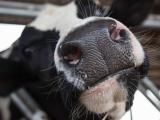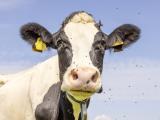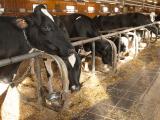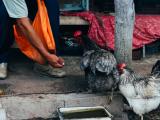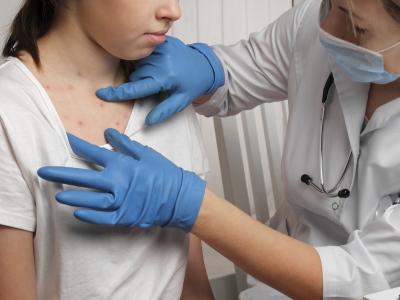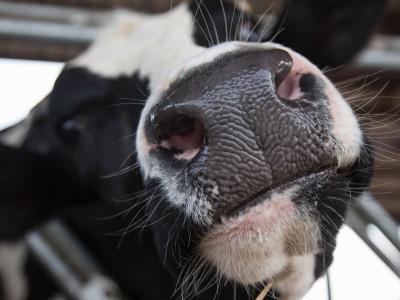Mar 18, 2008 (CIDRAP News) – The United Nations Food and Agriculture Organization (FAO) today warned that H5N1 avian influenza levels in Indonesia's poultry are so high that conditions may be ripe for the type of viral mutation that could spark an influenza pandemic.
"I am deeply concerned that the high level of virus circulation in birds in the country could create conditions for the virus to mutate and to finally cause a human influenza pandemic," said Joseph Domenech, the FAO's chief veterinary officer, in a press release today.
Also, new H5N1 virus strains have recently emerged in Indonesia that might limit the effectiveness of the poultry vaccines used there, Domenech said.
He said that Indonesia has the world's highest H5N1 mortality rate and that human cases will keep rising unless the country and its international partners do more to stamp out the virus in birds.
The FAO said the disease has hit 31 of 33 provinces in Indonesia and is endemic in Java, Sumatra, Bali, and southern Sulawesi islands. About 20% of the country's 1.4 billion chickens are spread among 30 million backyard flocks, putting them in close contact with people.
Despite "major control efforts," Indonesia has failed to contain the spread of the virus in poultry, Domenech said. "Indonesia is facing an uphill battle against a virus that is difficult to contain," he said. "Major human and financial resources, stronger political commitment and strengthened coordination between central, province, and district authorities are required to improve surveillance and control measures."
Problems controlling the virus in Indonesia stem from a highly decentralized administration, poorly resourced national veterinary services, little collaboration with commercial poultry producers, and insufficient national and international financial and human resources, the FAO said. International donors have contributed $25 million to the effort so far, the agency reported.
The emergence of the new H5N1 virus strains and the possible lapse in vaccine protection are under investigation by Indonesia's agriculture ministry, with technical assistance from the FAO and World Organization for Animal Health (OIE) and financial assistance from the United States and Australia, the FAO said.
"Also required are more investigations and the development of better poultry vaccines," Domenech said.
The FAO said it has helped train 1,350 "participatory disease surveillance and response teams" that are working to control avian flu in 193 of Indonesia's 448 districts. By June, more than 2,000 response teams will be working in over 300 districts, the agency said.
In other developments, agriculture officials in China recently informed Hong Kong's Food and Health Bureau that the H5N1 virus struck birds in a poultry market in the city of Guangzhou, in southern China's Guangdong province, according to an Associated Press (AP) report yesterday. Hong Kong officials said the outbreak is China's fifth of the year, the report said.
The outbreak at the Guangzhou market killed 114 birds, and 518 others were culled to control the disease, the AP reported.
Elsewhere, veterinary officials in Vietnam announced on Mar 16 an outbreak in ducks in yet another province, Quang Nam in the central part of the country, according to a Mar 17 report by Thanh Nien News, a Vietnamese news service. The H5N1 virus struck 300 birds, and the remaining ducks, along with poultry on nearby farms, were culled.
See also:
Mar 18 FAO statement
